Fighting the bedbug bite
- Published: October 17, 2013
Southwest Ohio is known as a bedbug hotspot — Cincinnati is the most bedbug-infested city in the nation — and Yellow Springs is not immune.
“There’s no shortage of bedbugs here,” according to Brian Magee of bed bug exterminators Eco-Therm, which receives 60 to 70 requests every day to treat bed bug infestations in Miami Valley homes. About three to four calls come in each month for Yellow Springs, on par with the region, added Magee. One outbreak locally is taking place at the Lawson Place public housing complex.
While a full story onthe local bedbug situation appears in the Oct. 17 issue of the News, everyone should be on the lookout for signs of bedbugs. See photos, a video and FAQ below for more information.
Photos courtesy of Eco-Therm
Click here for a video of a severe bedbug infestation
Bedbug FAQ from the The Centers for Disease Control:
What are bed bugs?
Bed bugs (Cimex lectularius) are small, flat, parasitic insects that feed solely on the blood of people and animals while they sleep. Bed bugs are reddish-brown in color, wingless, range from 1mm to 7mm (roughly the size of Lincoln’s head on a penny), and can live several months without a blood meal.
Where are bed bugs found?
Bed bugs are found across the globe from North and South America, to Africa, Asia and Europe. Although the presence of bed bugs has traditionally been seen as a problem in developing countries, it has recently been spreading rapidly in parts of the United States, Canada, the United Kingdom, and other parts of Europe. Bed bugs have been found in five-star hotels and resorts and their presence is not determined by the cleanliness of the living conditions where they are found.
Bed bug infestations usually occur around or near the areas where people sleep. These areas include apartments, shelters, rooming houses, hotels, cruise ships, buses, trains, and dorm rooms. They hide during the day in places such as seams of mattresses, box springs, bed frames, headboards, dresser tables, inside cracks or crevices, behind wallpaper, or any other clutter or objects around a bed. Bed bugs have been shown to be able to travel over 100 feet in a night but tend to live within 8 feet of where people sleep.
Do bed bugs spread disease?
Bed bugs should not be considered as a medical or public health hazard. Bed bugs are not known to spread disease. Bed bugs can be an annoyance because their presence may cause itching and loss of sleep. Sometimes the itching can lead to excessive scratching that can sometimes increase the chance of a secondary skin infection.
What health risks do bed bugs pose?
A bed bug bite affects each person differently. Bite responses can range from an absence of any physical signs of the bite, to a small bite mark, to a serious allergic reaction. Bed bugs are not considered to be dangerous; however, an allergic reaction to several bites may need medical attention.
What are the signs and symptoms of a bed bug infestation?
One of the easiest ways to identify a bed bug infestation is by the tell-tale bite marks on the face, neck, arms, hands, or any other body parts while sleeping. However, these bite marks may take as long as 14 days to develop in some people so it is important to look for other clues when determining if bed bugs have infested an area. These signs include:
- the bed bugs’ exoskeletons after molting,
- bed bugs in the fold of mattresses and sheets,
- rusty–colored blood spots due to their blood-filled fecal material that they excrete on the mattress or nearby furniture, and
- a sweet musty odor.
How do I know if I’ve been bitten by a bed bug?
It is hard to tell if you’ve been bitten by a bed bug unless you find bed bugs or signs of infestation. When bed bugs bite, they inject an anesthetic and an anticoagulant that prevents a person from realizing they are being bitten. Most people do not realize they have been bitten until bite marks appear anywhere from one to several days after the initial bite. The bite marks are similar to that of a mosquito or a flea — a slightly swollen and red area that may itch and be irritating. The bite marks may be random or appear in a straight line. Other symptoms of bed bug bites include insomnia, anxiety, and skin problems that arise from profuse scratching of the bites.
Because bed bug bites affect everyone differently, some people may have no reaction and will not develop bite marks or any other visible signs of being bitten. Other people may be allergic to the bed bugs and can react adversely to the bites. These allergic symptoms can include enlarged bite marks, painful swellings at the bite site, and, on rare occasions, anaphylaxis.
How did I get bed bugs?
Bed bugs are experts at hiding. Their slim flat bodies allow them to fit into the smallest of spaces and stay there for long periods of time, even without a blood meal. Bed bugs are usually transported from place to place as people travel. The bed bugs travel in the seams and folds of luggage, overnight bags, folded clothes, bedding, furniture, and anywhere else where they can hide. Most people do not realize they are transporting stow-away bed bugs as they travel from location to location, infecting areas as they travel.
Who is at risk for getting bed bugs?
Everyone is at risk for getting bed bugs when visiting an infected area. However, anyone who travels frequently and shares living and sleeping quarters where other people have previously slept has a higher risk of being bitten and or spreading a bed bug infestation.
How are bed bugs treated and prevented?
Bed bug bites usually do not pose a serious medical threat. The best way to treat a bite is to avoid scratching the area and apply antiseptic creams or lotions and take an antihistamine. Bed bug infestations are commonly treated by insecticide spraying. If you suspect that you have an infestation, contact your landlord or professional pest control company that is experienced with treating bed bugs. The best way to prevent bed bugs is regular inspection for the signs of an infestation.
5 Responses to “Fighting the bedbug bite”
The Yellow Springs News encourages respectful discussion of this article.
You must login to post a comment.
Don't have a login? Register for a free YSNews.com account.


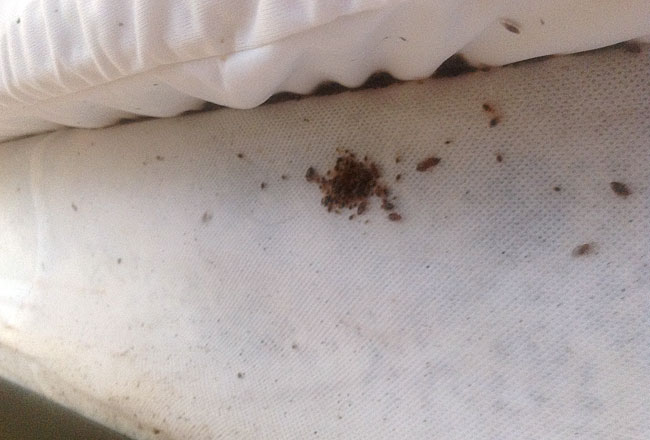


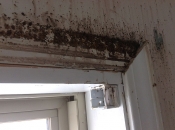
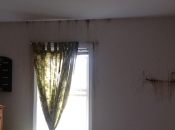
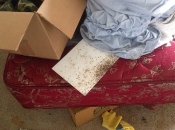
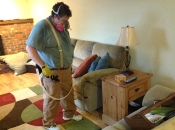
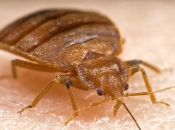












What makes me to wonder is that Bedbugs do not fly, but they can move quickly over floors, walls, and ceilings infesting anywhere. Female bedbugs may lay hundreds of eggs, each of which is about the size of a speck of dust, over a lifetime.
Immature bedbugs, called nymphs, shed their skins five times before reaching maturity and require a meal of blood before each shedding. Under favorable conditions the bugs can develop fully in as little as a month and produce three or more generations per year.
Although they are a nuisance, they are not thought to transmit diseases. The bug menace
Nice post. Bedbugs attack in homes and businesses have become a common problem worldwide. It is costly and time consuming to control these creatures if you don’t have the necessary training and expertise. Again, some of the chemicals used in getting rid of these creatures are very dangerous, and they should be handled with care. Their continued use can harm the surrounding environment as well as the local inhabitants. Hiring professionals to control bed bugs can help you in creating an effective plan for safely removing these pesky pests.
Thanks for sharing
Thanks for sharing.
Bedbugs reports has increased significantly. Although, they are not known to carry disease, yet they can cause considerable discomfort, both mental and physical. Thereby causing the people to look for better pest control. If you wish to know more please check http://www.positivepest.net.